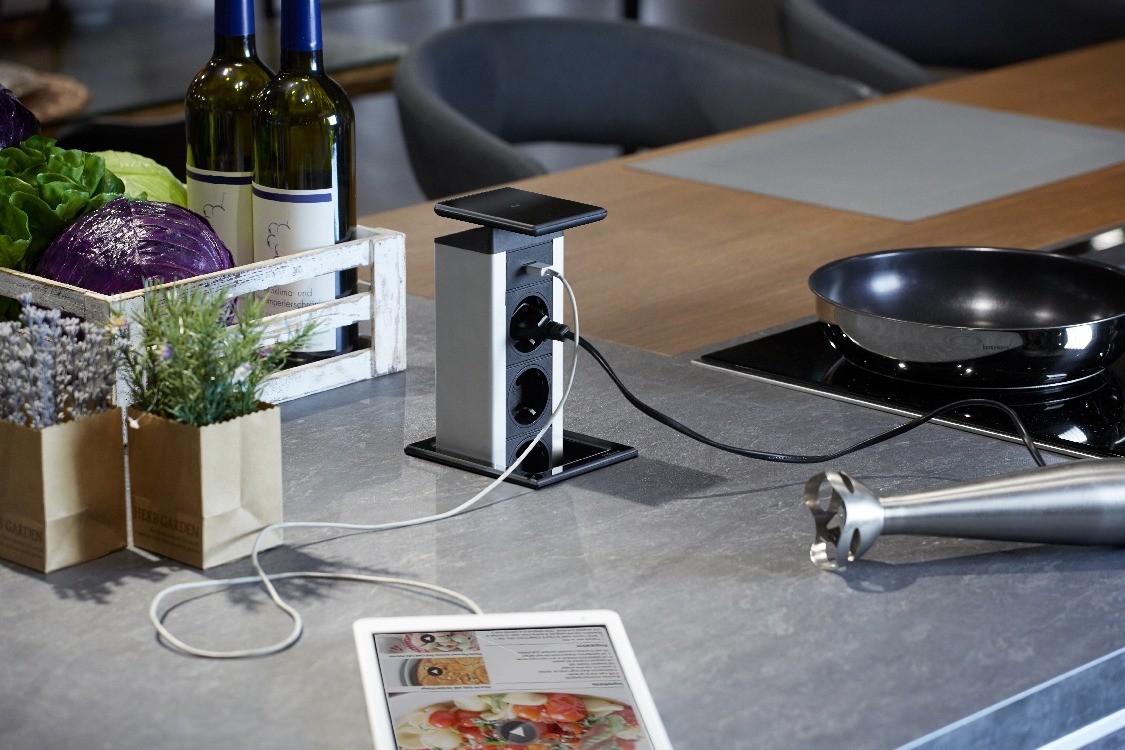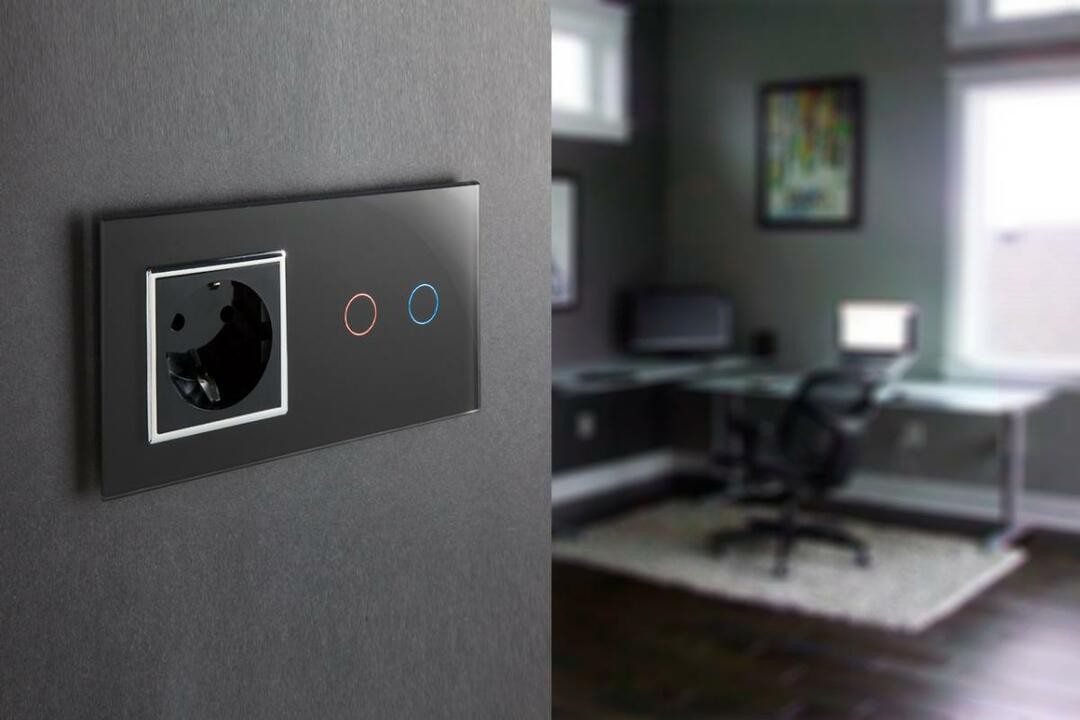Today we talk about the methods of checking the battery with a multimeter. Had a chance to see the guide on YouTube. Interestingly, substandard ones come across more often. But we are grateful to the individual authors. Here we put, for example, the wizard, creating videos for the site circuitry. The process of car battery maintenance is clearly and simply shown. With the permission of the author, we will draw some information from the video to illustrate the examples.
Accumulators
Automotive Accumulators
With the advent of the Leiden Bank, the idea of stocking a large amount of electrical energy probably did not leave the minds of scientists. Lead-acid batteries today make up the lion's share of the total number of products used in cars. Inside lead oxide, reacting with sulfuric acid, turns into salt, taking electrons from outside. They serve as charge carriers. Anode plates charge positively. The lead of the cathode emits electrons into a chain and turns into a salt of sulfuric acid. Due to this discharge occurs.

Accumulators for
machines A lot of sites were examined, but the answer was not found: “When charging the car battery to the limit - for what reason does the device not discharge?”
I had a chance to hear the only explanation - the internal resistance of the battery is high. Electrolyte does not transfer electrons directly, only ions. But if both sets of plates are charged to the limit, only lead salt is present, there is nothing to react to. Electrons are required to undergo metabolic processes, but the electrolyte becomes an insurmountable barrier.
Probably a matter of the conductivity of sulfuric acid. Monohydrate is an insulator. But in the batteries pour 65-70% solution. And at 90% there is conductivity. Simply the solution transfers only ions, but not free electrons. Now we turn on the ignition, closing the circuit on the candle and combining the opposite plates.
A short circuit occurs. Due to the event, the voltage of the car battery drops to 10 V( or slightly lower) for the launch period. A test plug is used to test the mode: the same ammeter, but powerful, capable of withstanding the short-circuit current of the battery. And this is the required 12 V divided by the internal resistance of the battery, which is less than 1 Ohm( for example, 0.1 Ohm).As a result, the starting current( ideally) could reach 120 A. This value will burn any tester that has an almost zero input resistance in ammeter mode. The first conclusion: "The short-circuit current of a battery with a multimeter should not be measured categorically."

Connecting a multimeter
Turn on the circuit from the button and the spark plug, measure the voltage on them. It will be less than the nominal value, since the battery has its own internal resistance. To measure it, a 1-2( 2.2) ohm resistor is useful:
- We close the pins on it.
- Look at the voltage.
- We find the internal resistance out of proportion:( 12 - U) / U = r / R.Where r and R are respectively the internal resistance of the battery and the resistor, and U is the measured value. Now we estimate the current through the candle.
- From a similar proportion, we find the resistance of a punctured spark gap, and then we add to the internal and divide by the battery rating.
The real voltage of the car battery
I must say that the battery voltage is usually not at all 12 V, as users think. The new car battery holds 14.5 volts when fully charged. More specifically, when the level drops below 12.6, suppose that either the battery is discharged or it is time to buy a new one. There are special tables, by which we estimate the parameter, but the difficulty arises - how to estimate the level of the discharge?
Created a special device - hydrometer. The principle of operation is based on the fact that the density of the battery solution varies significantly depending on the level of charge - the more power the battery has, the denser the liquid: when discharging, the anode actively loses water, passing into the solution. In such a case, you need to charge the battery. Special tables have been developed for working with the hydrometer. According to them, the colder the winter in the region, the tighter the solution is taken. For Russia, the value is 1.29 g per cubic meter.centimeter in charged condition. And you need to fill in about 1.27 g per cubic meter.centimeter density.
Hydrometer - just a float inside the bulb. With the help of a pear located in the upper part, the electrolyte of the battery is sucked in there, then the immersion level of the non-sinking scale will show the desired response. It is noticed that 0.01 of the density corresponds to a charge of 6%.At half discharge, the density will be( for Russia) 1.21 g per cubic meter.centimeter. Now let's talk about the reason for this difference: it seems that the solution is neutral, you need to fill in a weak solution. But in reality, batteries are sold dry charged. Not up to 100%, 12% tolerance is taken.
Discussed the battery voltage, the level tube is necessary for proper filling of the electrolyte. According to the standards, the electrolyte should cover the grid at least 10-12 millimeters. It is desirable that the level of the cameras was the same. This contributes to uniform wear of parts. Then you need to check the battery with a multimeter for insulation. Electrolyte may spill onto the housing, in the future, carelessness will hypothetically lead to leakage. After refueling, we will check the battery with a multimeter, leaning the first probe on any electrode, and the second on the case on the upper part, where the electrolyte could spill. Contamination is removed with a weak solution of baking soda( neutralizing acid), it is impossible to prevent ingestion;Remember to put the caps back on.
Add, the battery voltage drops with discharge, as mentioned above. It becomes possible to measure the battery charge with a multimeter by the level of the potential difference between the electrodes. During the process, remember that plate marks are usually cast on the contacts in the form of plus and minus. The red probe is connected to the first one, and the black one to the second one. Otherwise, the display will be negative.

Do-It-Yourself Test of the Battery
To assess the degree of discharge, we use( for a working and good battery) considerations:
- A battery charged at 100% usually gives at least 12.7 V.
- Discharge by a quarter reduces voltage to 12.5 V.
- A value of 12.3 volts means that the battery is already half empty.
- 12.1 volts on the display show that the charge remains on a quarter.
- If the battery voltage was less than 11.9 V, it means it's time to change the battery. Operation of a similar battery on the car is not allowed.
Please note that the battery has to be zealous to ensure the starting current( engine start).And due to limited power, we observe a voltage drop. If there is a load plug, we can determine the charge level of the battery through the short-circuit mode simulating the start by the level of potential difference:
- If everything is in order and the energy is full, the multimeter should not fall below 10.2 V.
- Below 10.2 any0.6 V voltage drop means a discharge rate of 25%.For example, when the stock is half empty, the display will register 9 V.
We add that we simulate the launch mode using a simple piece of copper wire and connect a multimeter in parallel to register the voltage. Do not abuse such techniques. On the load fork, for example, according to the rules, it is required to withstand 5 seconds before registering the readings. This will serve as a kind of beacon, we equal it when working with wire. The thickness should be significant, because the current will be large. And do not forget about the nuance: the resistance of the copper wire is not equal to the contribution made by the sparkling candle, and the readings of the multimeter in such a case can differ from those indicated above.

Investigation with an
multimeter In such a case, we will calibrate the device: obtaining at least a single value using a load fork. Or, alternatively, take a measurement on a known-charged battery, and then periodically repeat the experience until full discharge( when the ignition system no longer works).Obviously, the dependence will be close to linear, and if you plot the graph on paper, in the future, checking the battery with a multimeter will not take much time. By the way, charging is required when you hear that the starter rotates more slowly.
At the end of the automotive theme, let's say it is important to carry out the charging process correctly. To avoid phosphatation, that is, precipitation of salts, we follow a few simple rules:
- The charge current should not be too large. A 65 Ah battery requires that the parameter level be no more than 6.5 A. Rounding is a tenth. In the process of charging, the current will fall, reaching zero. The procedure lasts approximately 10 hours( the battery is not discharged until it is completely depleted).Nominally, the charging process continues until the current becomes more than 0.2 A.
- You can not store a battery in a discharged state. Especially systematically and for a long time.
- An excessive increase in the electrolyte density does not lead to good. Maintain the concentration of sulfuric acid according to the instructions.
- Low battery electrolyte level has similar effects. Check with a probe for correct actions( see recommendations above).
- Too much stock emptying should not be done.
Charging the
battery As the density of the electrolyte approaches 1.21 grams per centimeter of cubic, it is often necessary to think about charging the battery. We can do this in two ways, depending on what is available for this purpose:
- Direct current charging would require vigilant attention if there were no special regulators capable of maintaining the parameter constant. As stated above, the value should not exceed 1/10 of the capacity. As a result, the process takes 10 hours.
- The second method involves the exposure of a constant voltage. The current at the beginning should not exceed one tenth of the capacity. And as the process approaches the finish, the value drops. As mentioned above, at 0.2 A we stop working.
A phone battery after such a theoretical workshop our readers - hopefully - will check it out without difficulty. We remind you that the terminals are marked with a plus and a minus. The battery does not exceed 600 mA, and you do not need to follow precautions when working with it - just try not to break it.


